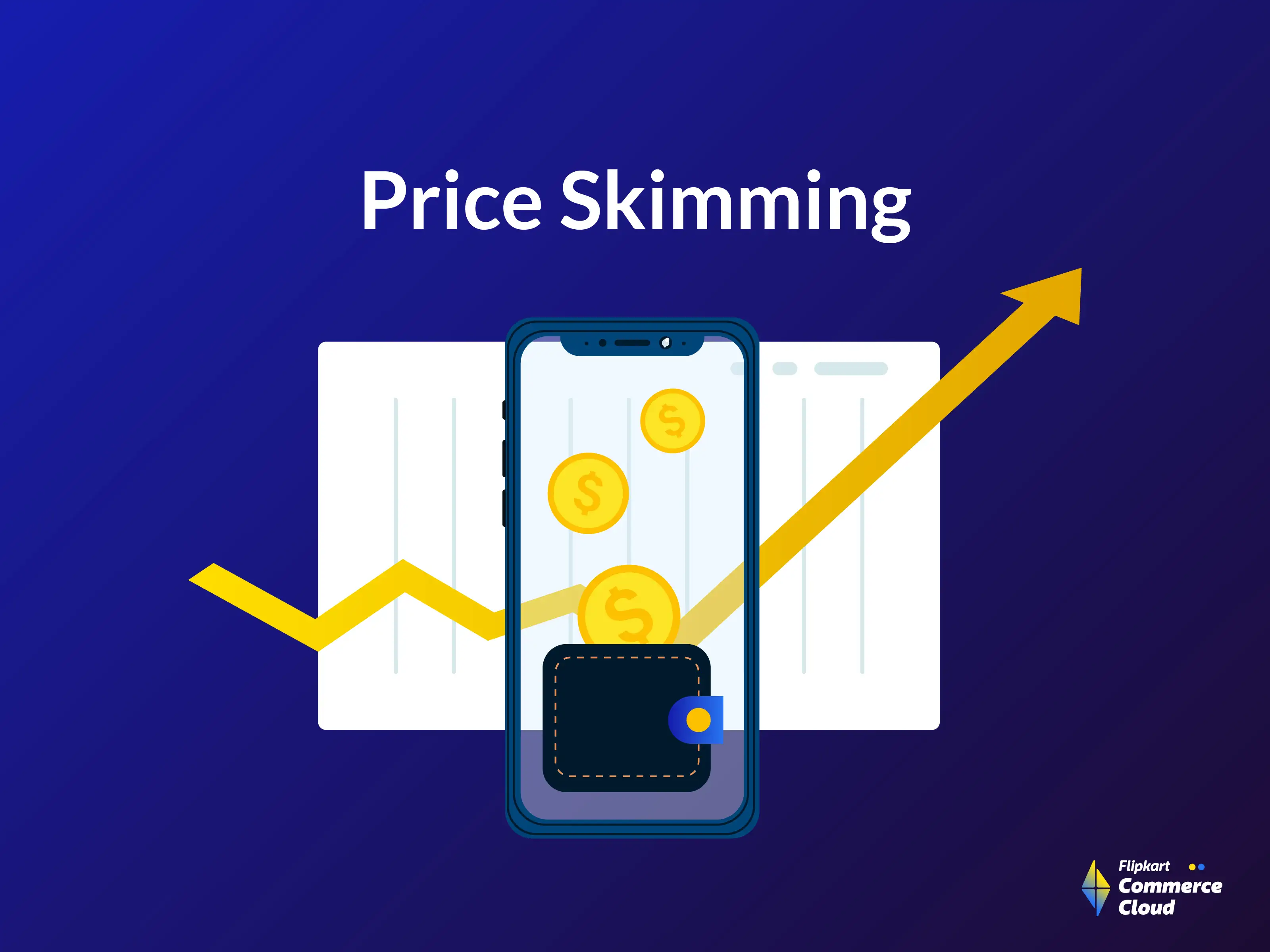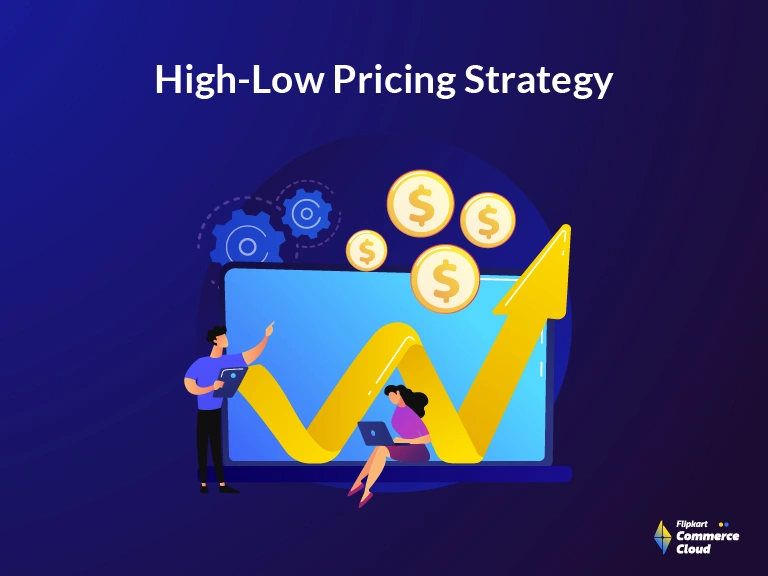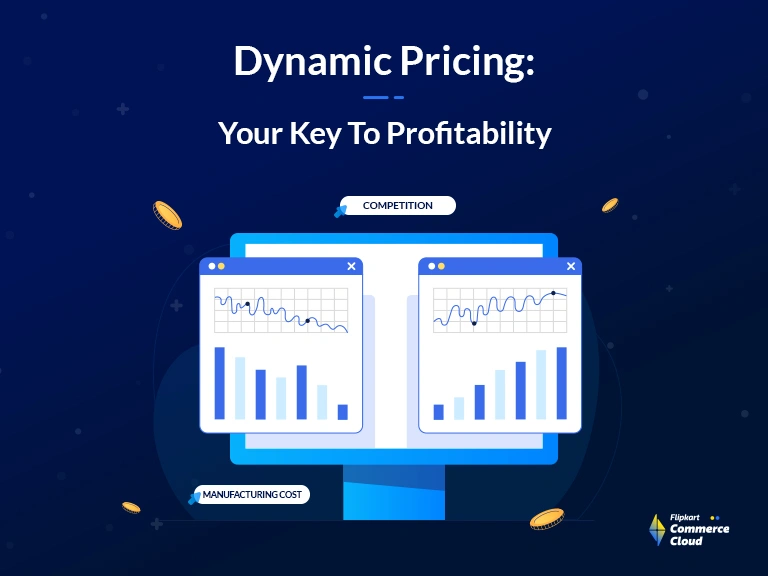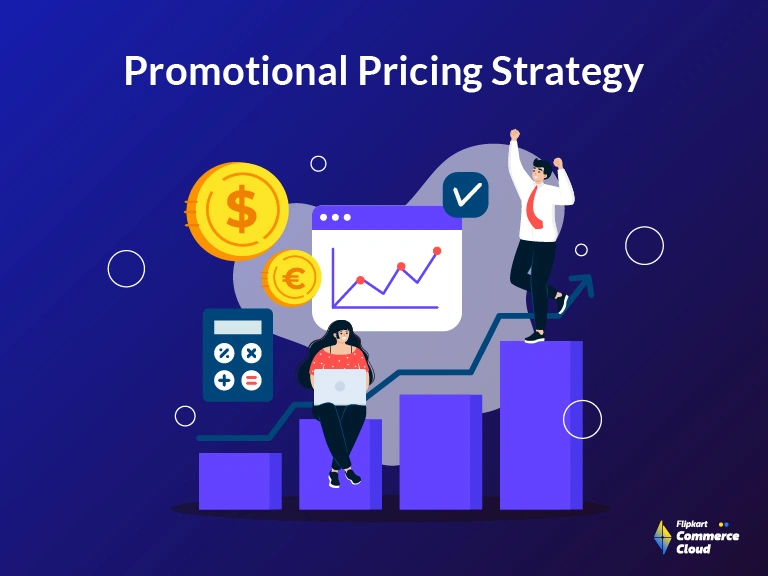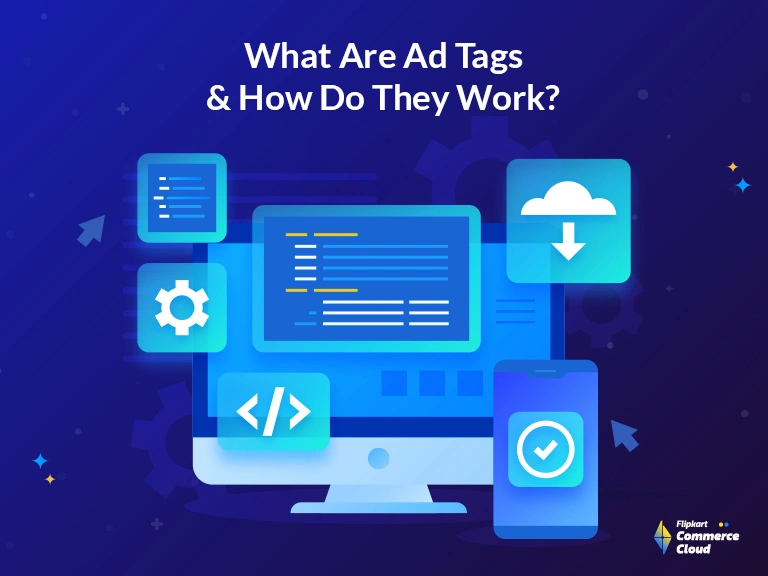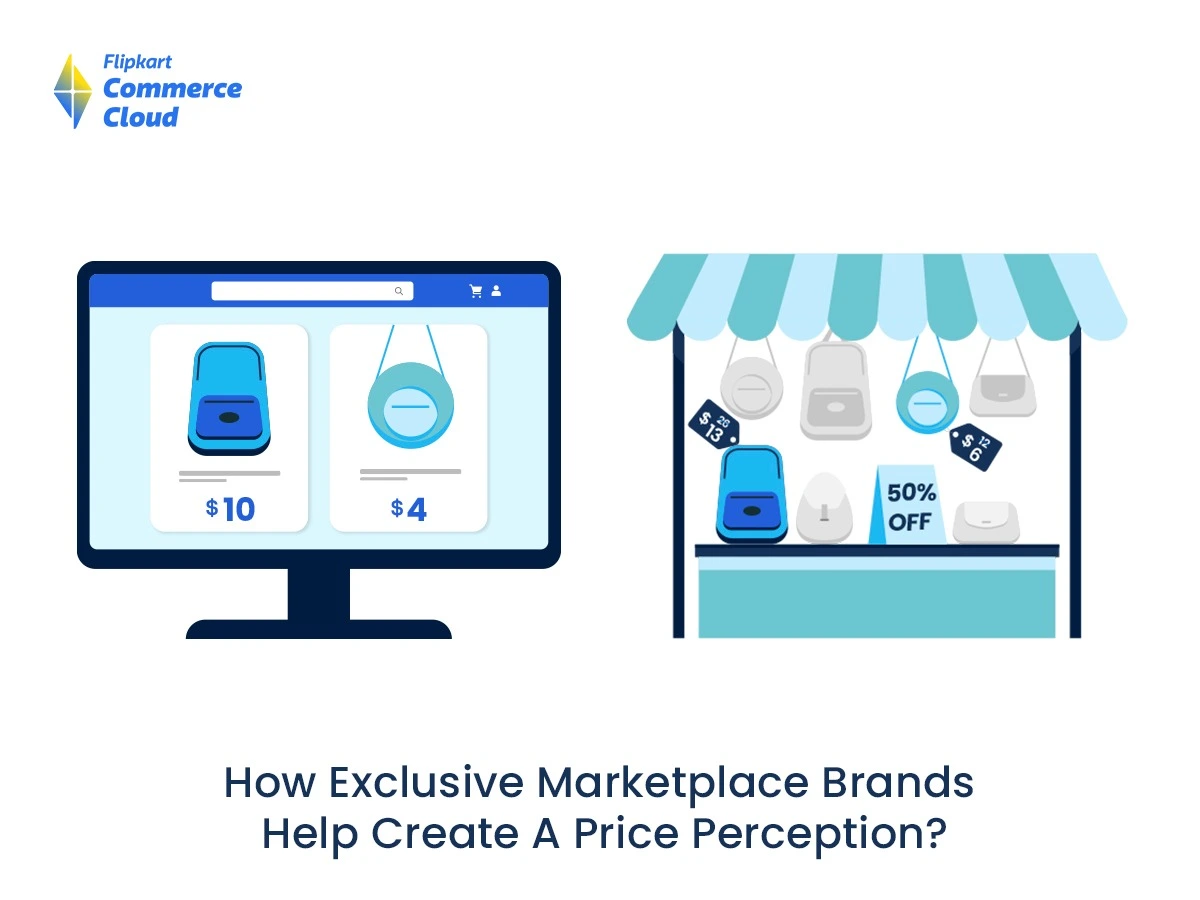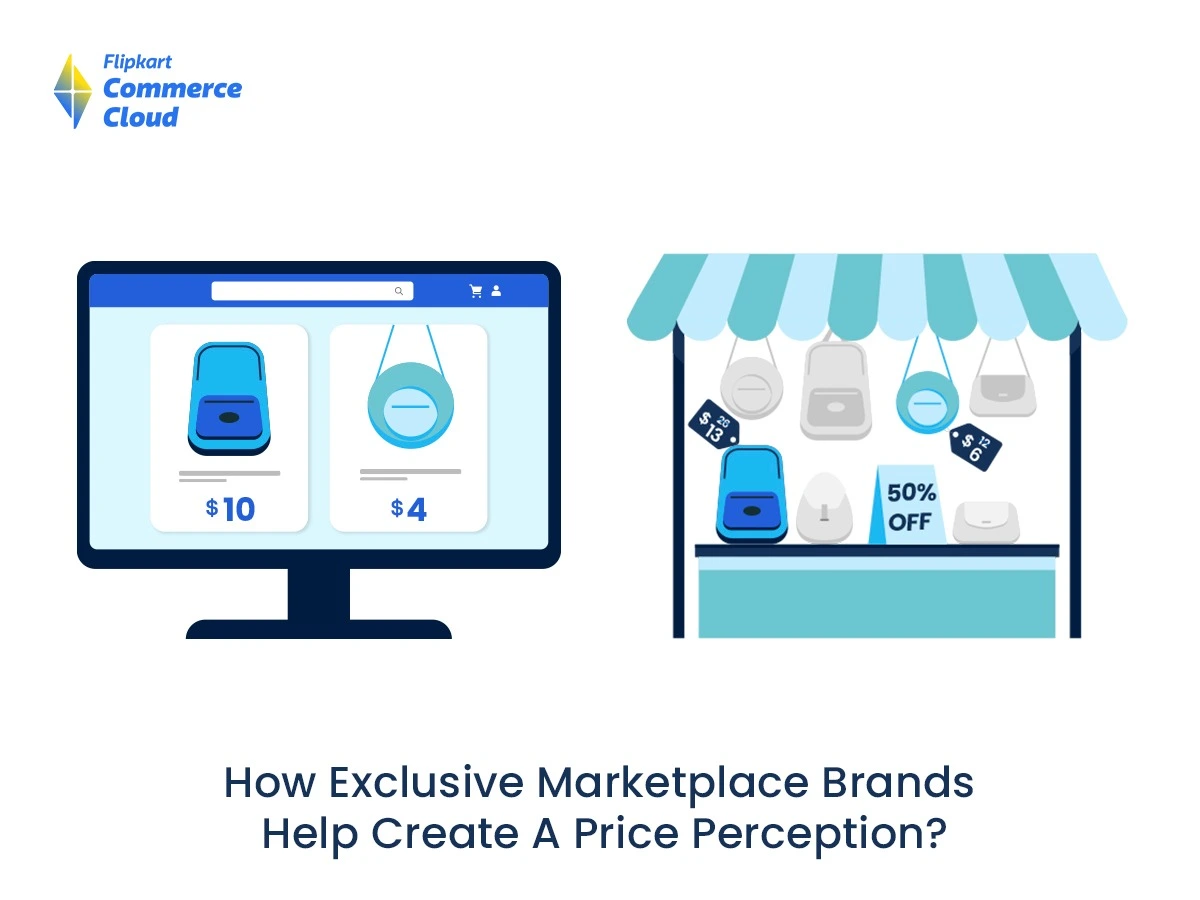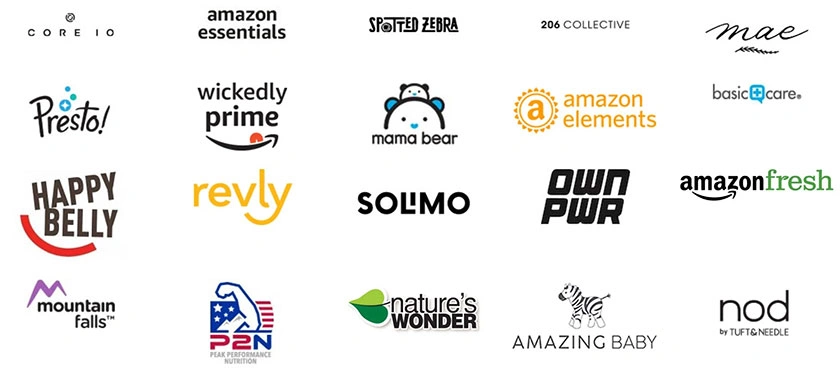Understanding Price Perception
Price perception refers to how shoppers perceive the pricing at a specific online or offline store.
Since it involves a viewpoint, subjectivity lies at the heart of price perception. In other words, the actual price level could significantly differ from the customers’ perception of the product price.
Based on this logic, customers often make buying decisions relying on their internal assessment of how much a particular product is worth and the brand that offers the best value.
For this reason, companies invest in enhancing perceptions about their products. In doing so, they can obtain a higher price for their products.
For instance, in the e-commerce space, some well-known retail marketplaces may not have the lowest or most competitive prices on every item.
However, customers still perceive that these retail sites offer the lowest prices. Not only that, but customers often make a purchase on such platforms even if they may be able to get the same or probably lower prices on another website.
Role of Exclusive Marketplace Brands In Creating A Price Perception
Decoding the role of exclusive marketplace brands in creating a price perception is crucial in understanding evolving consumer behaviour and expectations.
Let’s take a closer look at how exclusive marketplace brands help create a price perception.
#1. Perception of value: By leveraging their unique positioning, brands selling exclusively on a specific marketplace build a perception of value in customers’ minds.
These brands can offer exclusive products and experiences. This helps build a perception that their products are better quality and more advantageous than those found elsewhere.
#2. Controls pricing to make products desirable: When brands rely exclusively on a marketplace, they have greater leverage and control of their own pricing.
Brands can adjust their prices to create the perception that they are offering great value. While maintaining the desirability of their products, they can avoid discounts and other promotions which may devalue the brand.
#3. Exclusivity drives sales: This perception of exclusivity tends to drive more sales and boosts profitability. Customers love to feel special, and being able to buy exclusively available brands, creates the desired emotion of owning something unique.
In short, building a solid price perception of exclusive marketplace brands can increase their sales.
By understanding the importance of price perception, businesses can leverage exclusive marketplace brands to increase their sales and profitability.
Factors Influencing Price Perception
To gain an edge in the market, brands must understand and influence price perception. They must pay attention to the following factors that influence it.
#1. Quality: Customers typically concur that a higher-priced product has better quality. Brands, therefore, should adopt a rational quality-price balance in their pricing or promotions.
For example, having similar prices for excellent and low-quality products will make your customers perceive that the low-quality products are overpriced and may move away from your brand.
#2. Pricing: Customers are usually more price-conscious about products under the best buys guarantee.
If your customers discover that your best buy rates are more than your competitors, even the cheaper products in your basket will be perceived as overpriced.
#3. Value: When marking down your prices during sales and other such promotions, take care not to offer extreme discounts. Doing so may lead to a devaluation of your product in the customer’s mind.
Instead, keep the price perception in focus during the stock clearance and the holiday season by offering simple promotional programs. Also, try to learn which price mechanics and SKUs suit your customers.
Another point to consider is the level of communication. Over-hyping your hero deals will lead buyers to assume that your pricing is flawed.
#4. Psychology: It is a fact that customers buy premium or luxury brands to reflect their social standing.
For such products, customers are willing to purchase expensive products even if they are explicitly over-charged. Thus, when selling a product, it is critical to ensure that the pricing is in-line with buyers’ expectations.
